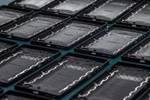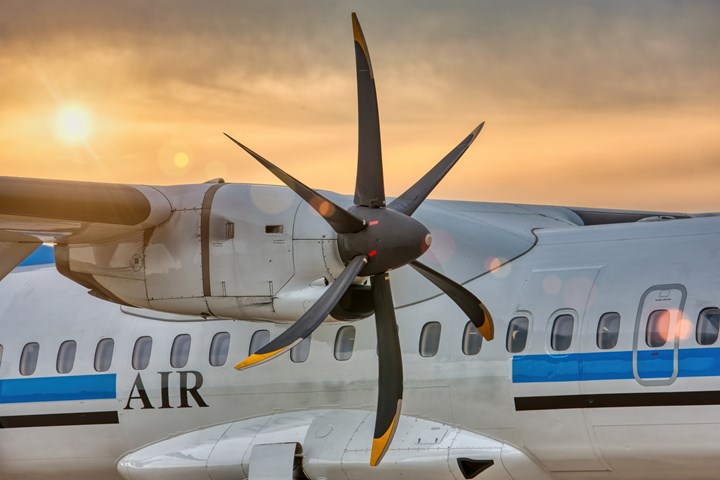On the radar: Proliferation of propellers drives CFRP blade production
As propulsion efficiency advances, so too do general aviation and AAM aircraft designs to account for additional efficiency targets. Composite propeller blades are key.
In the last few years, thanks to climate-neutrality targets and also the emergence of advanced air mobility (AAM), aerospace has seen a surge in battery, hydrogen fuel cell and electric propulsion. With a more efficient “fuel” sources comes the need for lighter, more efficient aviation designs, composite propellers becoming a clear contender to meet these objectives.
In a 2022 editorial discussing propeller blades, CompositesWorld brand vice president Jeff Sloan did some quick math regarding the potential demand for composite propellers for AAM alone: 60,900 composite blades (not including spares) per year. “And that’s just for the initial entry into service,” Sloan notes. “If AAM expands as the OEMs hope and annual shipsets reach the thousands, demand for composite blades will quickly approach half a million.” When considering aviation outside of AAM, this number become even bigger.
Carbon fiber-reinforced polymer (CFRP) propeller blades are nothing new, but their increasing trend in advancing the electrification of the aerospace industry is important to point out. Note that even Hartzell (Piqua, Ohio, U.S.), traditionally a supplier of CFRP propeller blades for smaller general aviation-certified aircraft, is starting to become more involved with the battery and hydrogen fuel cell electric propulsion movement, as seen by the Hartzell blades equipping Universal Hydrogen’s Dash 8 hydrogen fuel cell-powered testbed.
A few other key developments drive this home:
- EcoPulse, the wing-mounted, hybrid-electric distributed propulsion aircraft demonstrator being jointly developed by France-based Daher, Safran and Airbus, will incorporate multiple propeller blades.
- DUC Hélices Propellers will be delivering carbon fiber propellers to AAM company Plana and Eve Air Mobility.
- Dowty Propellers, which pioneered the first composite propeller blades for turboprop aircraft in 1984, has since manufactured more than 25,000.
According to International Energy Agency (IEA) projections, flying will account for 3.5% of global energy related CO2 emissions by 2030, up from just today’s 2.5%.
Related Content
-
Composites manufacturing for general aviation aircraft
General aviation, certified and experimental, has increasingly embraced composites over the decades, a path further driven by leveraged innovation in materials and processes and the evolving AAM market.
-
Bio-based acrylonitrile for carbon fiber manufacture
The quest for a sustainable source of acrylonitrile for carbon fiber manufacture has made the leap from the lab to the market.
-
Plant tour: Albany Engineered Composites, Rochester, N.H., U.S.
Efficient, high-quality, well-controlled composites manufacturing at volume is the mantra for this 3D weaving specialist.

















